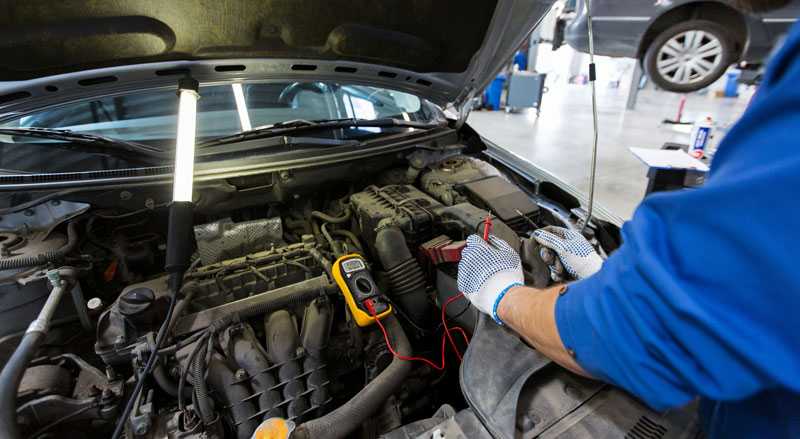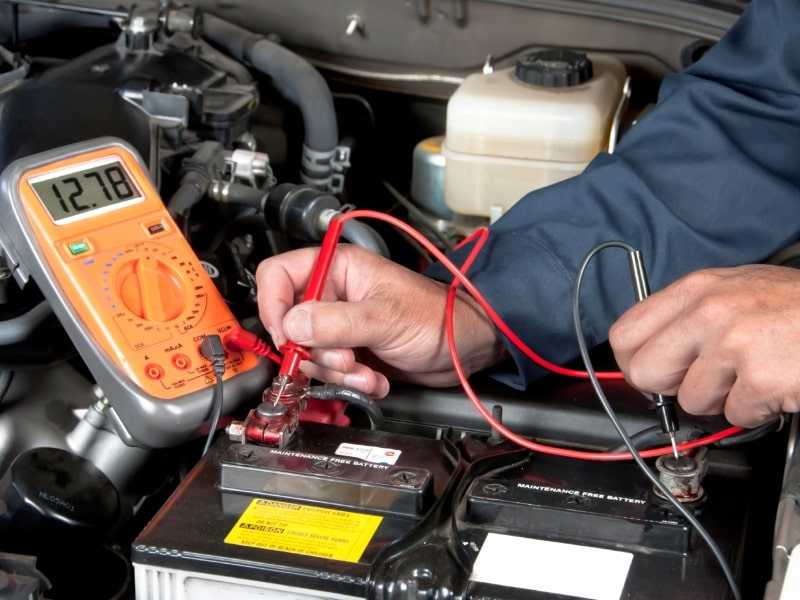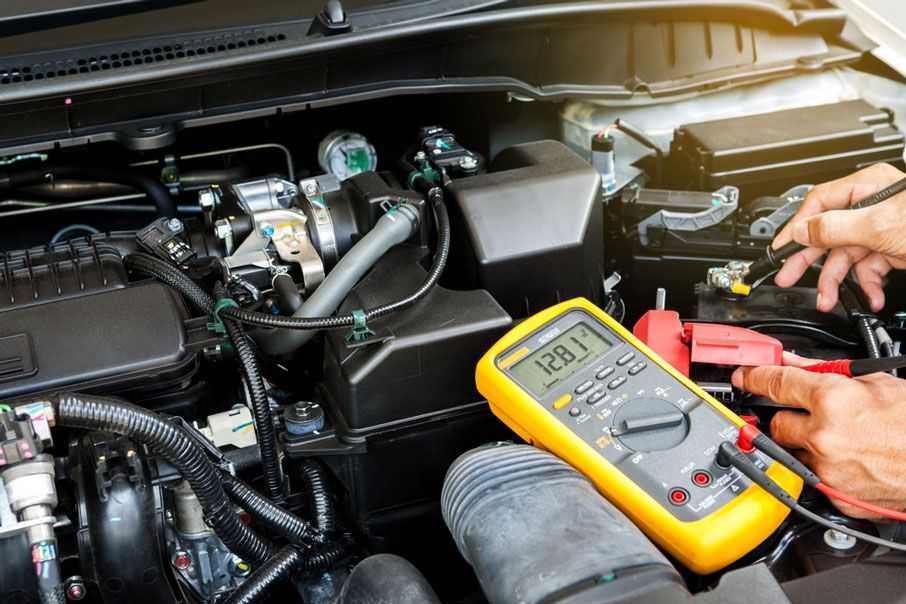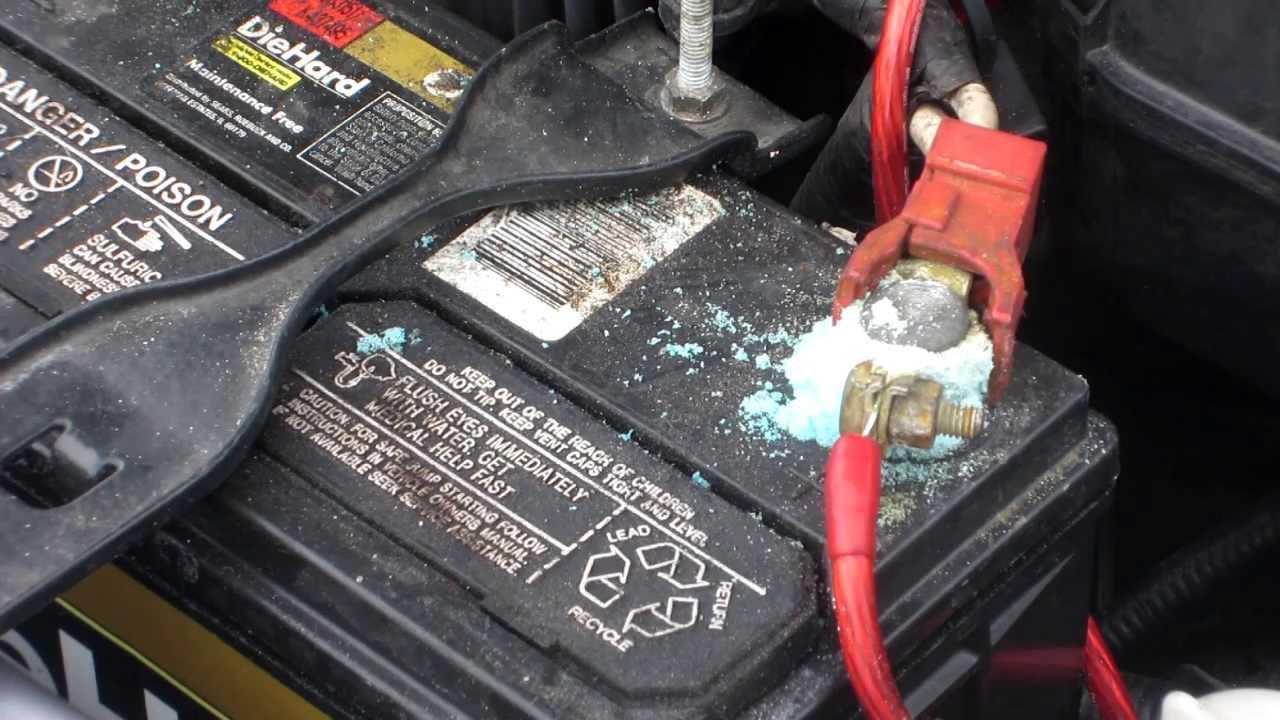Battery is a critical component that gets your car going. Its health affects whether your vehicle can run smoothly or at all. Therefore in order to reduce your chances of failure, it is important to test a car battery with a multimeter regularly, at least twice a year. Do not leave it only to when the car’s starting to show signs of weakness.
If you have trouble starting your car or encounter some other telltale signs, chances are your battery is failing. Making sure your battery is good enough before a long trip can avoid a lot of hassles. Testing the battery also helps you determine quickly whether slow-starting is the result of a failed battery or issues elsewhere. Here’s a step-by-step guide on how to test a car battery with a multimeter, a cheap and handy tool for easy car maintenance at home.

Contents
How to know when your car battery is bad
The most common signs that your car battery needs charging or must be replaced:
- One of the most obvious signs is the warning battery light1. illuminated on the dashboard.
- Headlights are dim. When the battery is weak, it does not have enough power to run your car’s electrical components.
- You hear a click, or nothing at all, when turning the engine.
- Engine cranks slowly when starting.
- You need to press on the gas pedal to start.
- No-starting: The car just refuses to start.
What is a multimeter?
A multimeter measure how many voltage your car’s battery is currently storing, or how much power is stored in the battery. Sufficient power ensures your vehicle’s smooth operation, while not enough power calls for a charge right away. It is a simple tool to test the state of your car battery at home and in no time. This is one of our recommended tips for car maintenance at home, saving you time and money with the mechanics. You can find a multimeter for as low as $8 on Amazon.

READ MORE
- Why Do You See The Corrosion On Your Car Battery?
- How To Clean Car Battery Corrosion? Here Are 3 Simple Steps
How to test a car battery with a multimeter – Step-by-step guide
A super convenient way to find out if your battery has enough charge is to use a multimeter. Follow these steps to use a multimeter to test a car battery:
1. Turn the car off for at least one hour
Due to the way the battery discharges, it is important to let the car sit for at least one hour, or overnight, before you use the multimeter to test your car battery. If the car is running when the battery is tested with a multimeter, the charge from the powered alternator, which is the component that produces electricity and charges the battery, will affect the ‘true’ reading of the multimeter. If the car has recently been running, the battery is likely to produce a higher misleading number on the multimeter, thus is inaccurate.
2. Locate the battery
The battery is often housed in the engine compartment under the hood, to one side of the engine. On some cars, the battery is located in the trunk for better weight distribution. The battery will often have a plastic cover that can be opened easily, or might require removing a few bolts or screws. After you have located the battery, make sure nothing metal touches the battery terminals. Keep all tools away.

3. Prepare the multimeter
You have to set the multimeter to a specific range so that it can measure within that range each time you use it to test something. To test a car battery with a multimeter, set your multimeter to 20 DC voltage, which will let you accurately measure a battery that stores between 0 and 20 volts. Do this by turning the knob to 20 on the “DCV” (Direct Current Voltage) range. Sometimes this is denoted by the letter “V” with a solid line above a dash line on its right. The multimeter should read 0.00.
4. Connect the multimeter with the battery
Touch the red (positive, marked “+”) meter probe with the red (positive) battery terminal. Touch the black (negative, marked “-”) meter probe with the black (negative) battery terminal.

5. Read the multimeter.
When fully charged, batteries should have 12.6 volts or above. Note that when a battery goes down to 12.2 it is only 50% charged. A reading below 12 indicates the battery is garbage and needs to be replaced.

6. Additional test
Have an assistant crank the engine and read the multimeter again. This time if the revised voltage dips below 5 when the car is running, it should be tossed and replaced right away. If the reading is lower than 10, it is a sign that the battery is not in a good enough condition to turn the motor starter.
7. Charge your car battery if it’s not fully charged
If you get a reading below 12.6, disconnect the battery by disconnecting the battery cables and unscrewing the hold-down mechanism that keeps the battery in place. Charge it, then test again after a night’s rest. If the new reading is not higher, replace the battery.
READ MORE
Other possible problems with your battery
1. Damaged battery case and cables
Battery case damage can also be a culprit of a failed battery. Have it replaced if it is damaged in any way. Check the battery cables for worn insulation, cracks or fraying and have them replaced if necessary. If after inspection this is not the case, try checking for the possible problems below.
2. Battery’s terminals are dirty or corroded
Another common problem is corrosion or dirt build-up at the terminal connectors. Your can get rid of the corrosion or build-up using sandpaper, or a brush and a cleaning solution (warm water and some baking soda will do the trick effectively). Remember to wear gloves and goggles protect your eyes.

3. Testing the alternator
The alternator produces electricity and charge the battery. If the alternator is working well, the lifespan of your car’s battery is maximized. If it overcharge or undercharge, the battery’s life will be shortened.
Here’s how to test the alternator with a multimeter. Leave the engine running and perform the same battery test as above with the multimeter. A healthy alternator should produce between 13.8V and 14.4V at regular idle speed. A reading outside this range means your car’s either undercharged or overcharged, both unhealthy for the battery and your vehicle.
We hope you find our guide on how to test a car battery with a multimeter useful for easy vehicle maintenance in your own home. Making sure your car battery is charged properly is critical to maximizing its life and better gives you an enjoyable and hassle-free driving experience with your vehicle.
If you are experiencing slow-starting or no-start and the multimeter test shows that the battery is in good shape, it might be your car starter. Read our easy to follow guide on how to start your car with a bad car starter and more troubleshooting here.


